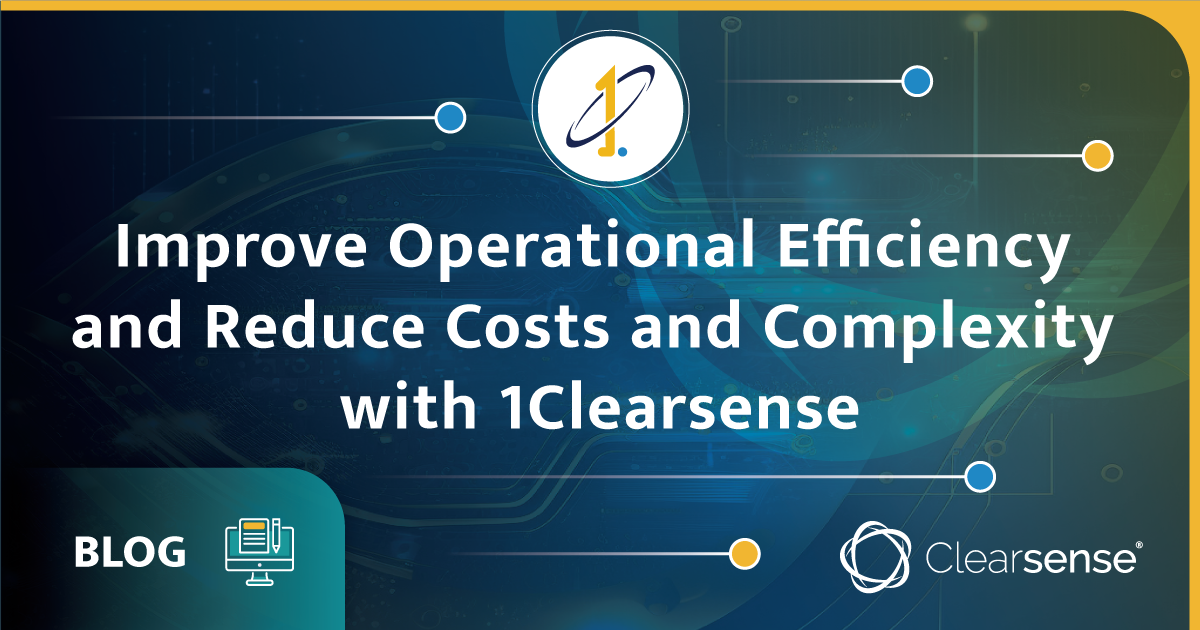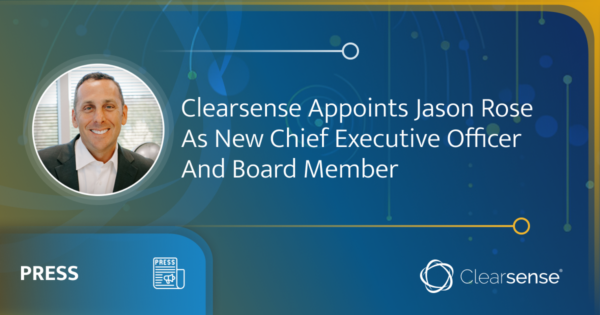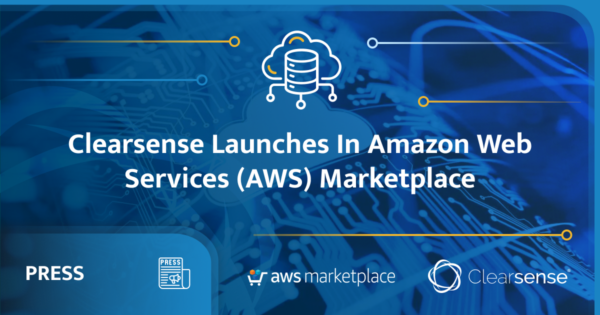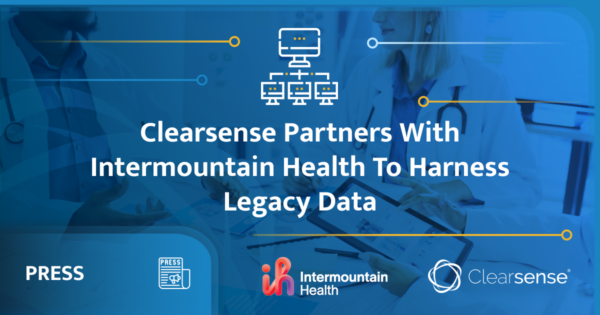
The healthcare industry is constantly evolving, with new technologies and methodologies being introduced to improve patient outcomes and drive operational efficiency. One of the key challenges facing healthcare organizations today is the need for real-time, actionable insights. In order to provide the best possible care to patients, healthcare professionals need accurate, up-to-date information that can be used to make informed decisions. That’s exactly where predictive analytics comes in.
Predictive analytics uses machine learning algorithms to analyze large volumes of data, identify patterns and trends, and make predictions about future events. By leveraging predictive analytics, healthcare professionals can identify potential issues before they occur, allowing for early intervention and more proactive care.

Studies have shown that predictive analytics can have a significant impact on healthcare outcomes and costs. For example, a study by Health Affairs found that predictive analytics reduced hospital readmissions by 50%, resulting in cost savings of $8,000 per patient.
Another study by the Journal of the American Medical Association (JAMA) found that predictive analytics reduced the length of hospital stays by 12%, resulting in cost savings of $1,400 per patient.
In addition to cost savings, predictive analytics can also help healthcare organizations improve patient outcomes. By identifying patients who are at risk of developing chronic conditions, healthcare professionals can provide early intervention and more effective management. This can lead to improved patient outcomes and reduced healthcare costs over the long term.
Recommended Content
“By incorporating social determinants of health into predictive analytic machine learning models, providers can better understand how to manage chronic conditions and recommend treatment options that consider a patient’s socioeconomic and environmental factors.” (https://healthitanalytics.com/news/what-are-the-benefits-of-predictive-analytics-in-healthcare)
The need for real-time, actionable insights is not limited to clinical care. Healthcare organizations also need this information to improve operational efficiency. By analyzing financial and administrative data in real time, healthcare organizations can identify inefficiencies and make informed decisions about resource allocation. This can help reduce costs and improve overall organizational performance.
Predictive Analytice: Clearsense Has Your Organization Covered
Platforms such as Clearsense 20/20™ are designed specifically for this purpose. By providing healthcare professionals with a comprehensive view of patient care and operational performance, platforms like Clearsense 20/20™ enable healthcare organizations to make informed decisions, improve patient outcomes, and drive operational efficiency.
For one organization, the demand planning process was time-consuming and often inaccurate — wasting staffing hours with little positive outcomes. With hundreds of different facilities operating in dynamic environments, predictions needed to be customized and updated on a regular basis — better enabling the provider to staff accurately for patient needs. Learn how a large physician services company had an urgent need to predict radiologist demand by day, hour, and facility with high accuracy — 60 days in advance.
With the Clearsense 20/20 advanced healthcare analytics solution, your organization gains agile and interpretable tools, providing trusted insights much sooner than our competitors. More importantly, it removes the technical knowledge and skills required, empowering everyday users to go beyond reports that only look backward – exploring and transforming data into insights and actions to change tomorrow’s outcomes.











